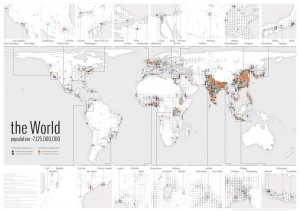The Palimpsest project involving the University of St Andrews’ SACHI group collaborating with the University of Edinburgh’s English literature and text-mining group launched LitLong Edinburgh on 30th march 2015.
 Lit Long: Edinburgh features a range of maps and accessible visualisations, which enable users to interact with Edinburgh’s literature in a variety of ways, exploring the spatial relations of the literary city at particular times in its history, in the works of particular authors, or across different eras, genres and writers. Lit Long: Edinburgh makes a major contribution to our knowledge of the Edinburgh literary cityscape, with potential to shape the experience and understanding of critics and editors, residents and visitors, readers and writers.
Lit Long: Edinburgh features a range of maps and accessible visualisations, which enable users to interact with Edinburgh’s literature in a variety of ways, exploring the spatial relations of the literary city at particular times in its history, in the works of particular authors, or across different eras, genres and writers. Lit Long: Edinburgh makes a major contribution to our knowledge of the Edinburgh literary cityscape, with potential to shape the experience and understanding of critics and editors, residents and visitors, readers and writers.
Give the web visualisation a try here.
SACHI’s Dr Uta Hinrichs created the web visualisation, Dr David Harris-Birtill created the mobile app and Professor Aaron Quigley was the St Andrews lead and co-investigator on the Palimpsest project funded by the AHRC.
This work is featured on the Guardians website and mentioned in Edinburgh University’s news.



